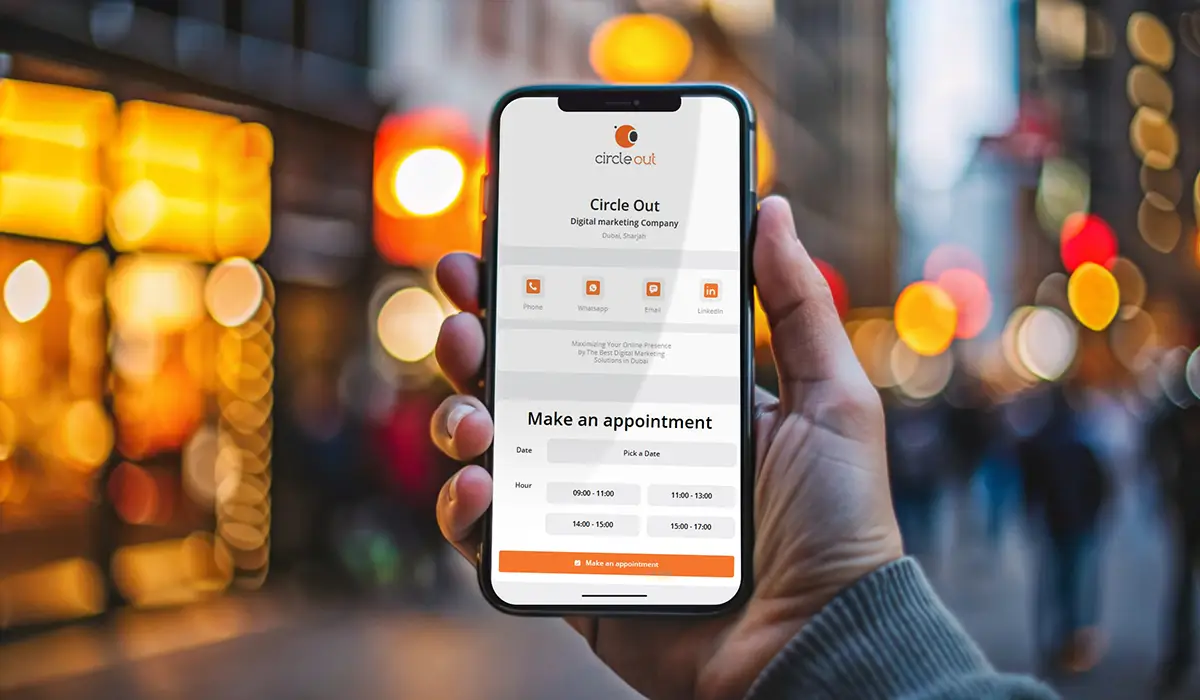E-cards have taken over professional networking in the fast-evolving digital age and are leaving the traditional business card far behind. As we step into 2025, digital business cards have emerged as a modern alternative that is sustainable and technologically advanced.
What Are E-Cards?
An E-card , or electronic card, is the virtual version of a traditional business card. It allows professionals to share contact information, phone numbers, e-mails, links to social media, and more with others using digital means rather than printing on paper. Being able to link up seamlessly and evolve with changing professional needs, the e-card is setting the future of business communication.
Types of E-Cards
Digital business cards come in different shapes for all kinds of professionals, needs, and tastes. The following gives an overview of the most popular forms:
QR Code-Based Cards: This card generates a scannable QR code that shares contact information instantly.
Mobile App Card: Designed on specific applications, this card can let users update their information in real time.
Interactive PDF Cards: These are digital versions of business cards with clickable links to social media profiles and portfolios.
NFC-Enabled Cards: The technology of Near Field Communication enables users to share their information by tapping on a compatible device.
Custom-Branded Digital Cards: The integration of logos, themes, and even multimedia elements like videos or animations into one card says a lot more about a brand’s identity.
Importance of E-Cards
The transition to online business cards goes beyond just convenience. An e-card shows a shift in the direction of digital first, which the hyper-connected world needs. They will enable instant information exchange, enhance accessibility, and ensure your contact details are never misplaced. Besides, with eco-friendly networking tools like e-cards, paper is not wasted, showing your concern about sustainability.
Where E-Cards Can Be Used
The versatility of e-cards makes them suitable for a wide range of professional scenarios:
Corporate Events: Share your details instantly during networking sessions.
Conferences and Trade Shows: Stand out by offering an innovative alternative to paper cards.
Virtual Meetings: Easily share your information during online video calls.
Freelancing and Consulting: Impress potential clients with a sleek, interactive card.
Retail and Service Industries: Provide accessible contact details to customers and partners alike.
Advantages of E-Cards
Switching to digital business cards offers a number of benefits, including:
Cost-Effectiveness: No printing costs means more budget-friendly networking.
Eco-Friendliness: Reduce reliance on paper, ink, and other materials.
Customizability: Update your information without reprinting.
Convenience: Share your card with anyone, at any time, from anywhere.
Global Reach: Immediately share your contact details with people anywhere in the world.
Interactivity: Include direct links to your website, LinkedIn profile, and more.
Comparison of E-Cards vs. Traditional Business Cards
| Feature | E-Cards | Traditional Business Cards |
| Cost | Affordable and reusable | High printing costs |
| Environmental Impact | Sustainable and paperless | Generates paper waste |
| Customizability | Instant updates possible | Requires reprinting |
| Convenience | Share digitally anytime | Requires physical exchange |
| Interactivity | Supports multimedia and links | Static information only |
| Durability | Never lost or damaged | Prone to wear and tear |
Benefits of E-Cards
Beyond practical advantages, eco-friendly networking tools like e-cards position professionals as modern and innovative. They facilitate:
Brand Image Enhancement: Reflects modernity and adaptability.
Effective Networking: Saves time by quickly sharing information, thus enhancing productivity.
Long-term Utilization: Easily adapted for new roles, titles, or companies.
International Reach: It ensures that your card is international contact-friendly.
Technological Features of E-Cards
E-cards employ advanced technologies to offer the user more complex functionality:
NFC : Allow the transfer of information without a touch.
QR Code: Quick scan-and-save of your contact.
Cloud Storage: Your data will always be updated and available.
Analytics Integration: See how often your card has been viewed or saved.
Multimedia Support: Videos, links, custom design allow for increased exposure.
Conclusion
The rise of e-cards is a landmark moment in professional networking. In every aspect, they surpass traditional business cards in terms of convenience, sustainability, and adaptability. Moving into 2025, investment in digital business cards will not only simplify your networking but also show a commitment to innovation and the environment. The future is digital, and e-cards are leading the way.
Frequently Asked Questions(FAQs):
What is an e-card, and how does it work?
E-cards are the digital avatar of traditional business cards. They could be sent via email, through a QR code, or NFC, and more often than not would contain multimedia in the form of clickable links and videos.
Are e-cards more 'green-friendly'?
Of course, they would be an ‘environment-friendly’ alternative to paper business cards, as they save the waste of paper and thereby are considered to reduce carbon footprints.
How much can I customize my e-card?
Of course, the e-cards are fully customizable: to update your information, add brand elements, and embed multimedia content within.
What technology does an e-card require to use?
The major shares of the e-card work in smartphones, tabs, and computers, while features such as NFC or QR code needs appropriate devices.
Is the use of an e-card applicable for every profession?
E-cards fit all professions: starting from corporate executives down to freelancers.
Is it safe to use an e-card?
It’s pretty well secured since most of these platforms are providing encryption with your data and privacy settings that will save your information.


